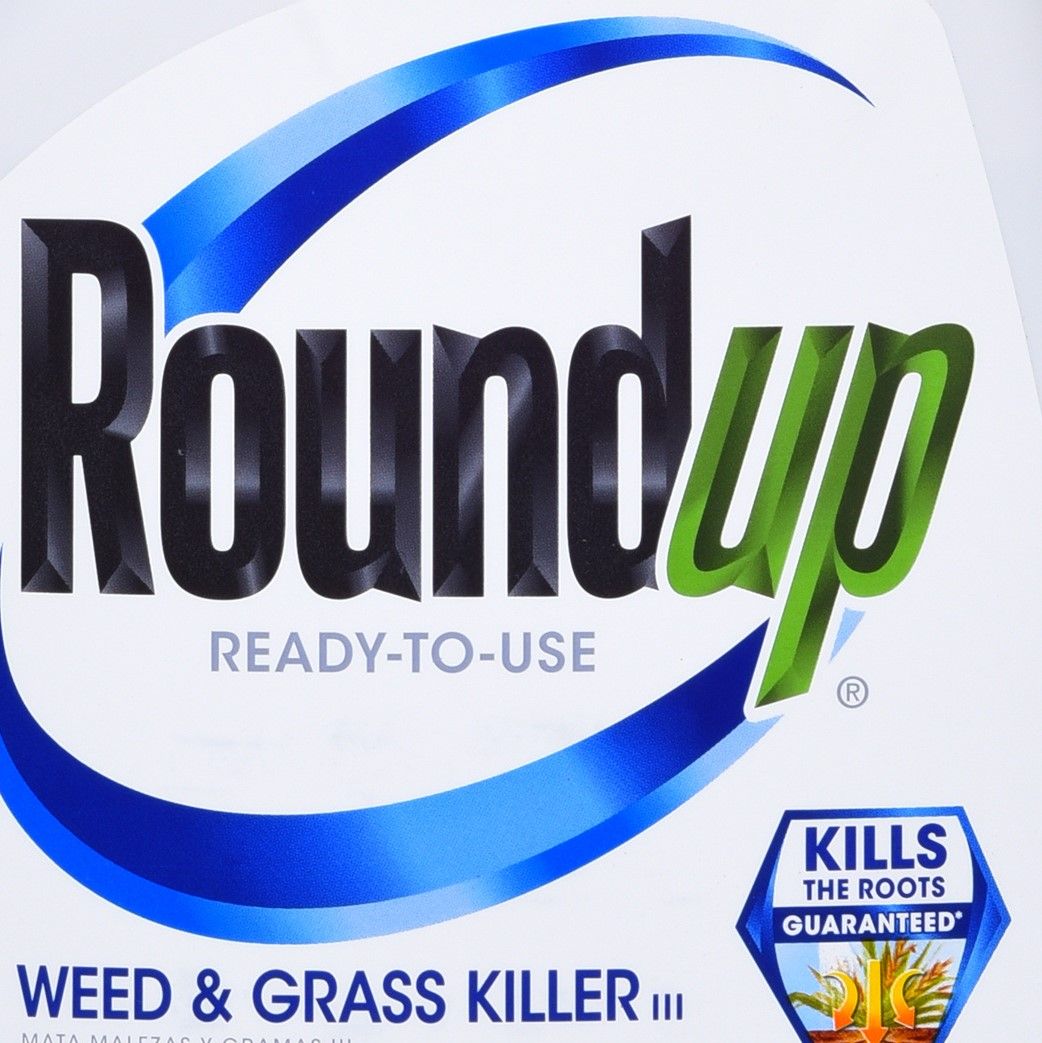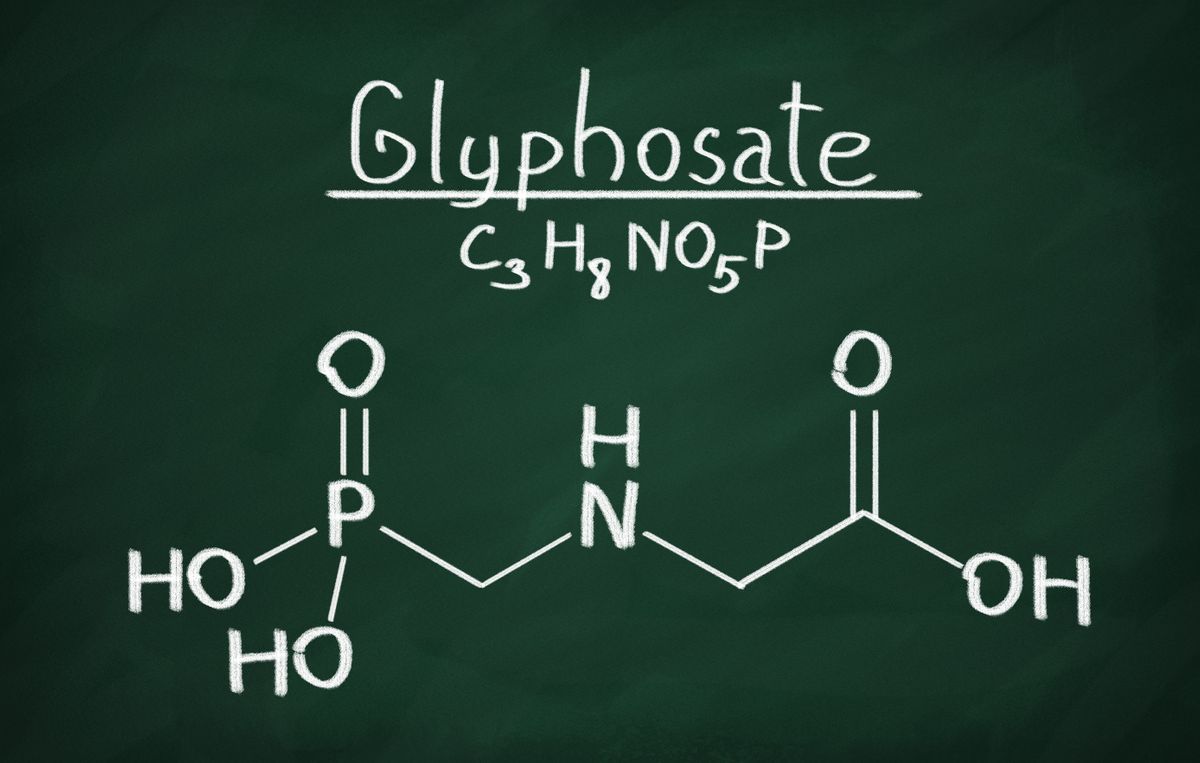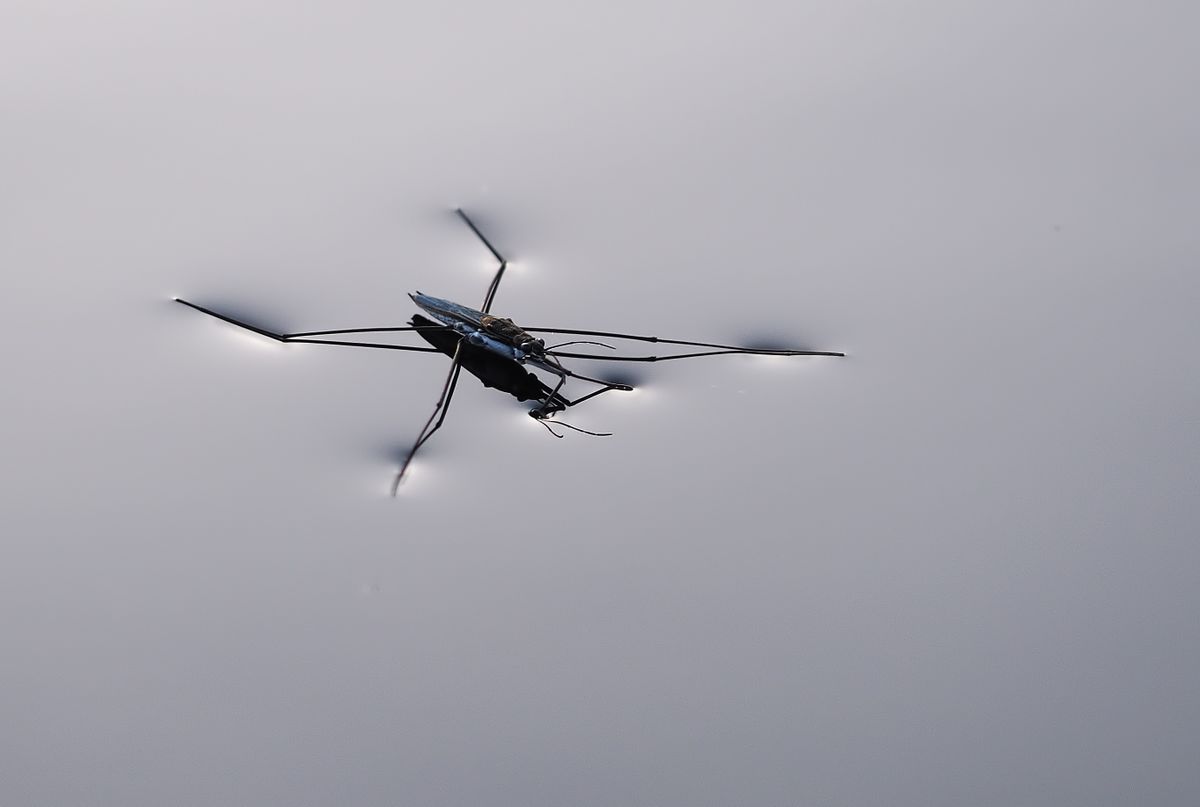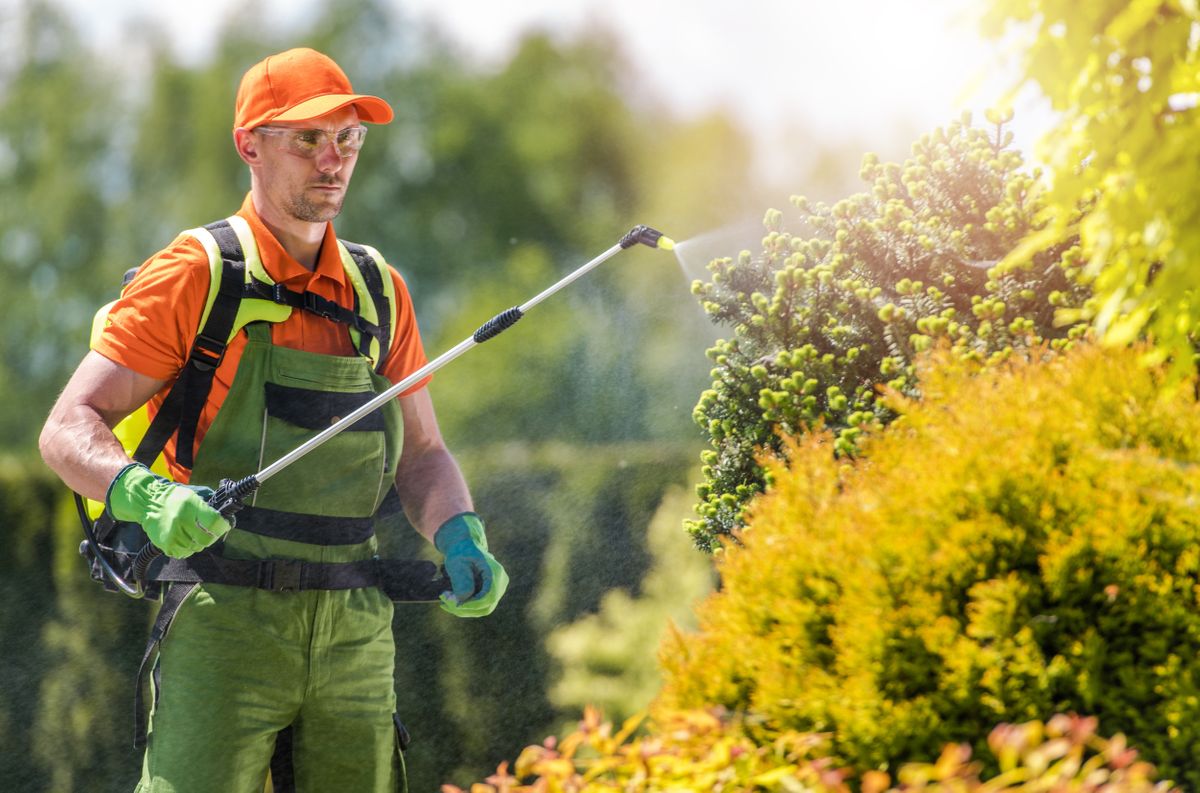Roundup Exposure
Gardeners, farmers, and agricultural workers who have been exposed to Roundup are at increased risk of Non-Hodgkin's Lymphoma according to several peer-reviewed case-control studies (Cheng & Delzell, 2016). The relative risk has been reported to rise to 2.0 or slightly higher when the focus is upon individuals with more than 2 days of exposure per year (McDuffie, 2001), or more than 10 days total exposure, or when diagnosis occurs more than 10 years after exposure (Eriksson, 2008). Exposure is, specifically, Roundup liquid on one's skin.
If you or a loved one have been exposed to Roundup as a result of work in agriculture, gardening or farming and have been diagnosed with Non-Hodgkin's Lymphoma, please contact us so that we may assist you in evaluating any potential claim for damages you may have.
Monsanto's Roundup
In 1974, Monsanto introduced a product it called “Roundup” that was capable of killing weeds, grasses and other leafy plants. There were several formulations of Roundup, but the principal ingredients were glyphosate - a molecule patented by Monsanto in 1974 as a post-emergence herbicide (effective after the weed starts to grow), and a surfactant known as POEA (polyethoxylated tallowamine). Monsanto also used the word “Roundup” in the 1960s for a pre-emergence weed killer it marketed with presumably different ingredients. It also used different tradenames for consumer/retail, agricultural and commercial variations of the product (e.g. Roundup Pro, Ranger Pro, and Accord XL. Because Roundup would indiscriminately kill weeds and the desirable crops that were being invaded, Monsanto gradually introduced a number of genetically-modified crops that were immune to Roundup.
Starting in the mid-1990s, Monsanto began selling “Roundup Ready” soy beans, and then corn, cotton, alfalfa, canola, and sugarbeets. (Not surprisingly, these products have since cross-bred with the weeds to produce glyphosate-resistant weeds.) Roundup is also utilized to reduce moisture in grain and other crops before harvesting. This explains why Roundup residue has been detected in cereals. In 1999, a year before its main U.S. Patent expired, Monsanto reported worldwide glyphosate-related product sales of $2.48 billion. In 2018, Bayer A.G. (Germany) acquired Monsanto.
Glyphosate
The ingredient glyphosate (pronounced glyph·o·sate | \ˈgli-fə-ˌsāt, or alternatively gly·pho·sate | \ˈglī-fə-ˌsāt) can be traced to a patent issued to a Swiss company in the 1950s. It was then patented by Stauffer Chemical in 1964 as a chelating agent - a compound that readily binds to and removes calcium, manganese, zinc, cobalt, and other metals. It was primarily intended to clear the mineral buildup in pipes and boilers. (US Patent 3,160,632). In 1974, a patent was issued to Monsanto for glyphosate as an herbicide (US Patent 3,799,758). In 1983, Monsanto was issued an additional patent (US Patent 4,405,531) for glyphosate salt, effectively extending the Roundup herbicide patent to the year 2000.
Monsanto claimed that glyphosate was completely safe for humans because it only inhibited an enzyme called EPSPS, which produces three specific amino acids via a process unique to plants (the shikimate pathway). Numerous studies have since demonstrated that glyphosate also has an adverse impact on animal life.
Surfactant
A surfactant (a surface acting agent) generally refers to a large class of compounds that are able to reduce the surface tension in a liquid. For example, surface tension in water - the slight attraction that exists between the water molecules at the surface - essentially creates an elastic membrane that can resist a small amount of force. Surface tension also causes water placed on an object to bead up.
Surfactant molecules are able to collect at the surface, separate the water molecules and thus weaken the surface tension membrane. They may also act as a wetting agent because by reducing surface tension, they can cause water to spread evenly over a surface.
Surfactants are used in countless products as an additive to enhance the product’s effectiveness (e.g., they allow dyes to penetrate fabric evenly). In medicine, for example, some chemotherapy agents cannot penetrate cancer cells until a surfactant is added.
POEA
In order for glyphosate to be effective, it must spread out over the surface of the leaf and penetrate the plant cells inside. Monsanto achieved this by including the surfactant POEA (polyethoxylated tallowamine) in its formulation of Roundup, at least until 2000. POEA is not a single identifiable compound. It refers to a range of non-ionic surfactants derived from animal fat that have complex and variable hydrocarbon chains. In 2016, POEA was reportedly the subject of an agreed ban by the EU because of its own potential toxicity.
POEA is referred to as a co-formulant or adjuvant to glyphosate in Roundup formulations. It may comprise as much as 15% of pre-2000 Roundup formulations. Monsanto also used POEA variants that it claims are proprietary. One criticism of Monsanto, and other researchers, was that they focused on the health effects of glyphosate in isolation while ignoring the possible contribution of POEA to the overall health effects of Roundup. This is considered a significant omission since the primary exposure pathway for glyphosate is absorption through the skin, and surfactants like POEA are intended to greatly enhance absorption.
Non-Hodgkin's Lymphoma
Non-Hodgkin’s Lymphoma (NHL) refers to a group of cancers of the lymphatic system. The cancers are classified according to the type of lymphocyte involved: B-cell lymphomas (85% of cases) and T-cell lymphomas (15%). There are a dozen or more different lymphomas within each of these categories. The subtypes are also grouped by how fast they grow and spread: an aggressive form of NHL known as diffuse large B-cell lymphoma (DLBCL) and an indolent form known as follicular lymphoma, are the most common.
Per the National Cancer Institute, about 75,000 new cases are diagnosed every year in the U.S, resulting in 20,000 annual deaths, making NHL the 7th most common cancer. In 2000, the International Classification of Diseases (ICD) definition of NHL was expanded to include multiple myeloma (MM) and chronic lymphocytic leukemia (CLL).
Roundup Litigation in California
There is an MDL for Roundup (MDL No. 2741). It is based in San Francisco and, as test cases inch towards trial, the cases have survived an FRCP Rule 56 summary judgment challenge based on general causation. In a 68-page, comprehensive order denying Monsanto’s motion, Judge Chhabria outlined the merits of the plaintiffs’ case and endorsed the methodology of most of the plaintiffs’ experts (i.e., use of the Bradford Hill criteria).
In California, a judicial coordination petition was granted in November 2017, based in Alameda County Superior Court (Oakland). See, JCCP 4953. In San Francisco, a school district groundskeeper who developed a rare subtype of NHL (mycosis fungoides), defeated a summary judgment motion by Monsanto (SFSC Case No. CGC-16-550128). The 47-page order by Judge Karnow, denying the motion, discusses the available science in great detail. The case proceeded to trial in July 2018, and the jury awarded $39 million in compensatory damages and $200 million in punitive damages. The trial judge upheld the compensatory award and reduced the punitive award to $39 million. An appeal and cross-appeal were filed in December 2018. The Johnson case was exempt from the JCCP coordination because of Mr. Johnson’s poor health.
On May 26, 2021, Judge Chhabria in the Federal MDL case denied a proposed class action settlement that would have substantially limited an individual's ability to obtain justice and fair compensation. In rejecting the motion, Judge Chhabria stated: "In sum, the settlement proposed by these attorneys would accomplish a lot for Monsanto. it would substantially diminish the company's settlement exposure and litigation exposure at the back end, eliminating punitive damages and potentially increasing its chances of winning trials on compensatory damages. It would accomplish far less for the Roundup users who have not been diagnosed with NHL - and not nearly as much as the attorneys pushing this deal contend."
Significantly, concerning Monsanto's liability in these cases, Judge Chhabria stated: "As recently as last week, Bayer stated publicly that it remains committed to settling Monsanto's Roundup litigation. This is not surprising because the alternative to settling - continuing to lose trials left and right - is not attractive." And, "...the reason Monsanto wants a science panel so badly is that the company has lost the "battle of the experts" in three trials." The Order may be found on the Court's webpage devoted to the Roundup litigation. It's worth a read.






